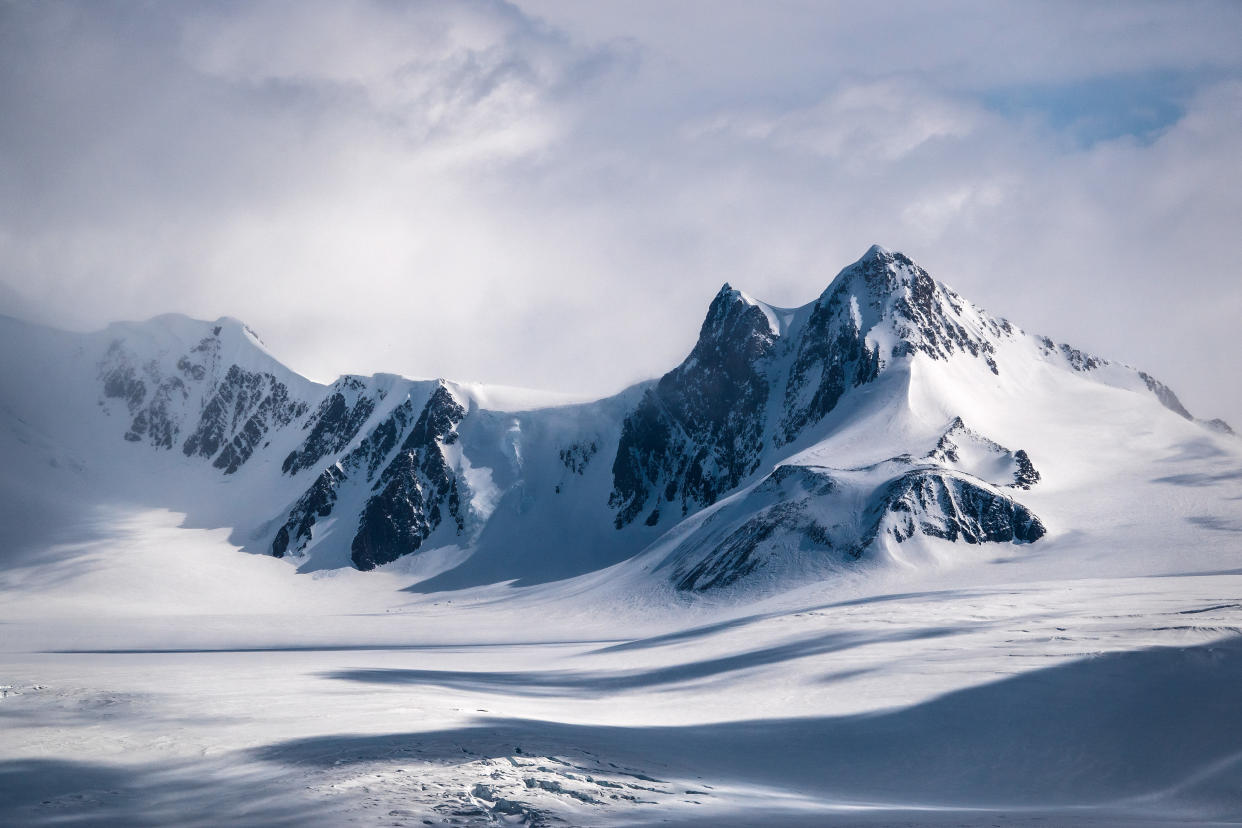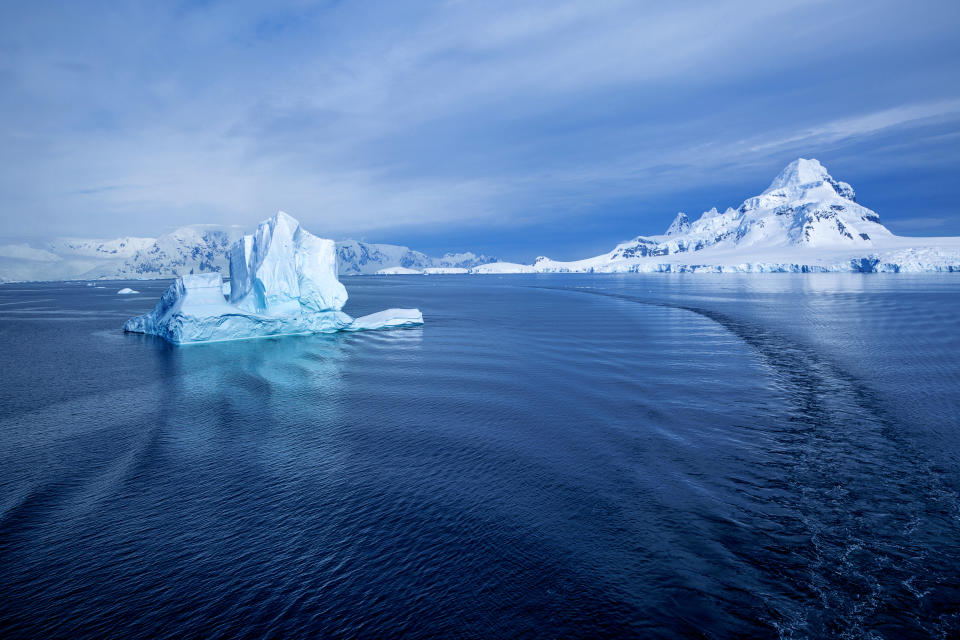South Pole has warmed three times faster than rest of planet in last 30 years

The South Pole, the most remote place on the planet, has warmed three times faster than other areas over the past three decades, scientists have said.
Research published in Nature Climate Change found that an abrupt shift has seen temperatures at the pole rocket upwards from 1989.
Since that point, temperatures at the South Pole have risen 0.6C per decade, three times the rate for the rest of the planet.
Researchers believe that the high temperatures are being fuelled not just by a rise in greenhouse gases, but also by natural weather shifts in the tropics.
Read more: A 1988 warning about climate change was mostly right
The 'double whammy' sheds light on why Antarctica is bearing the brunt of climate change.
Dr Kyle Clem, of Victoria University of Wellington in New Zealand, said: “These trends were unlikely the result of natural climate change alone.
“The effects have likely worked in tandem to make this one of the strongest warming trends on Earth.”
“The South Pole has warmed at over three times the global rate since 1989,” he added.
The average rise of 0.61C per decade was mainly driven by natural tropical climate variability – and was likely intensified by the burning of fossil fuels, Dr Clem said.

His team analysed weather station data, gridded observations and climate models to examine the phenomenon.
The study found it was chiefly driven by warmer ocean temperatures in the western tropical Pacific.
This has lowered atmospheric pressure over Antarctica’s Weddell Sea – and increased the delivery of warm air.
Dr Clem said: “These changes along the coast are an important mechanism driving extreme multi-decadal climate anomalies in its interior.
Read more: Melting snow in Himalayas drives growth of green sea slime visible from space
“They must be considered to accurately assess and attribute large or abrupt changes over the data-sparse Antarctic interior.”
There are strong regional contrasts in temperature within the Antarctic, the researchers said.
Dr Clem added: “Most of West Antarctica and the Antarctic Peninsula experienced warming and ice-sheet thinning during the late 20th century.
“By contrast, the South Pole – located in the remote and high-altitude continental interior – cooled until the 1980s, but has since warmed substantially.
“These trends are affected by natural and anthropogenic climate change, but the individual contribution of each factor is not well understood."
Read more: Why economists worry that reversing climate change is hopeless
They appear to be caused by increasing tropical western Pacific temperatures and regional changes in winds induced by a warming planet.
Dr Sharon Stammerjohn and Dr Ted Scambos, environmental scientists at Colorado University who were not involved in the study, said the take-home message is “no place is immune to climate change”.
They said: “Warming at the South Pole is significant, but its mean temperature is still far below freezing.
“This is not the case for the coastlines of Antarctica, nor for its ‘weak underbelly’, the marine-grounded West Antarctic Ice Sheet.
"Without a doubt, these are unprecedented times, both for the health of our planet and for its inhabitants.
“Unless we take measures to flatten the curve on global carbon emissions, Antarctica's contribution to a warmer world and sea-level rise could potentially be catastrophic given the strong feedbacks and tipping points inherent in polar systems.”


